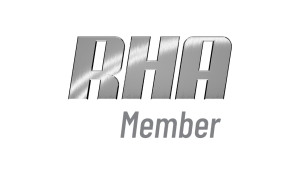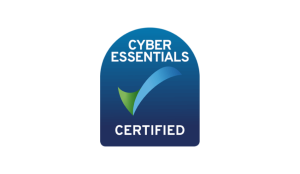Navigating CAZ Whilst on Logistics Runs – What You Need to Know
Clean Air Zones (CAZ) are specific areas in England, typically in urban areas, where measures are taken to improve air quality by discouraging high-polluting vehicles from entering or operating within them.
Introduced in 2020, it’s fair to say that CAZs have left many drivers confused about what the regulations mean and how they can adhere to them.
So, in our latest blog, we provide you with our guide on how to navigate Clean Air Zones while you’re on logistics runs as well as exploring why they’ve been introduced and the different types to look out for.
What are Clean Air Zones?
Clean Air Zones have been introduced in different English cities over the last three years in response to concerns over high air pollution levels and its impact on public health and the environment.
The introduction of CAZs is part of the government’s strategy to improve air quality and meet its legal obligations to reduce air pollution, as well as encourage the use of more low-emission vehicles.
According to Public Health England, 28,000 and 36,000 deaths a year are attributed to the long-term effects of air pollution.
The government have set up a framework for CAZs, which sets out specific emission standards for different types of vehicles, such as buses, coaches, taxis, and heavy goods vehicles.
Different Types of Clean Air Zones
Class A
This classification applies to all vehicles in cities where high pollution levels have been recorded. Only vehicles that meet the Euro 6 emission standard for diesel vehicles and Euro 4 for petrol vehicles are exempt from charges. So far, no city has opted to enact a Class A Clean Air Zone.
Class B
Class B regulations are naturally less stringent than Class A but still indicate a high level of pollution. This classification targets HGVs that don’t meet Euro 6 emission standards, as well as non-Euro 6 (diesel) and non-Euro 4 (petrol) LGVs and vans. These regulations apply in the south-west area of Portsmouth.
Class C
Class C zones apply in Bath, Bradford, Sheffield and Newcastle and Gateshead and while rules are less severe in these areas, the same vehicle types as Class B will be liable to charges.
Class D
In Class D zones, all vehicles are liable to charges but regulations here are least stringent. Birmingham and Bristol have both introduced this classification to their respective city centres.
Tips for Navigating Clean Air Zones
Check your vehicle
One of the first things to do before you set off on your journey is to check that your vehicle meets the emissions standards. Depending on the zone classification and the type of vehicle you’re driving, you may be liable to a charge if you enter a Clean Air Zone.
Register your vehicle
In some cases, you may need to register your vehicle online with the local national before you enter the CAZ. The registration process may involve providing your vehicle’s details and its emission standard, with the standard usually based on the year in which your car was registered.
Be aware of the changes to Clean Air Zones’ regulations
If you’ve checked your vehicle’s status and it doesn’t meet emissions standards, then there will be a daily charge to enter the CAZ, but the charges will vary depending on the type of vehicle and the duration of your stay.
Plan your route
Planning your route before setting off is essential as it can help you to plot an alternative journey that allows you to bypass Clean Air Zones so that you can avoid any unnecessary charges.
Keep records
One of the best ways to make sure that you’re driving in accordance to CAZ rules and regulations and provide yourself with a little more clarity is to keep records of journeys through these zones.
It’s best to note down the date and time that you entered and exited, as well as any charges that you were liable for and subsequently paid.
Keep up-to-date
Clean Air Zone regulations will likely be subject to intermittent change, so it’s important that you keep up to date with any rule changes that affect your HGV or logistics vehicle.
Rules, charges, and boundaries could all be altered so it’s important that you keep up to date with any changes.









